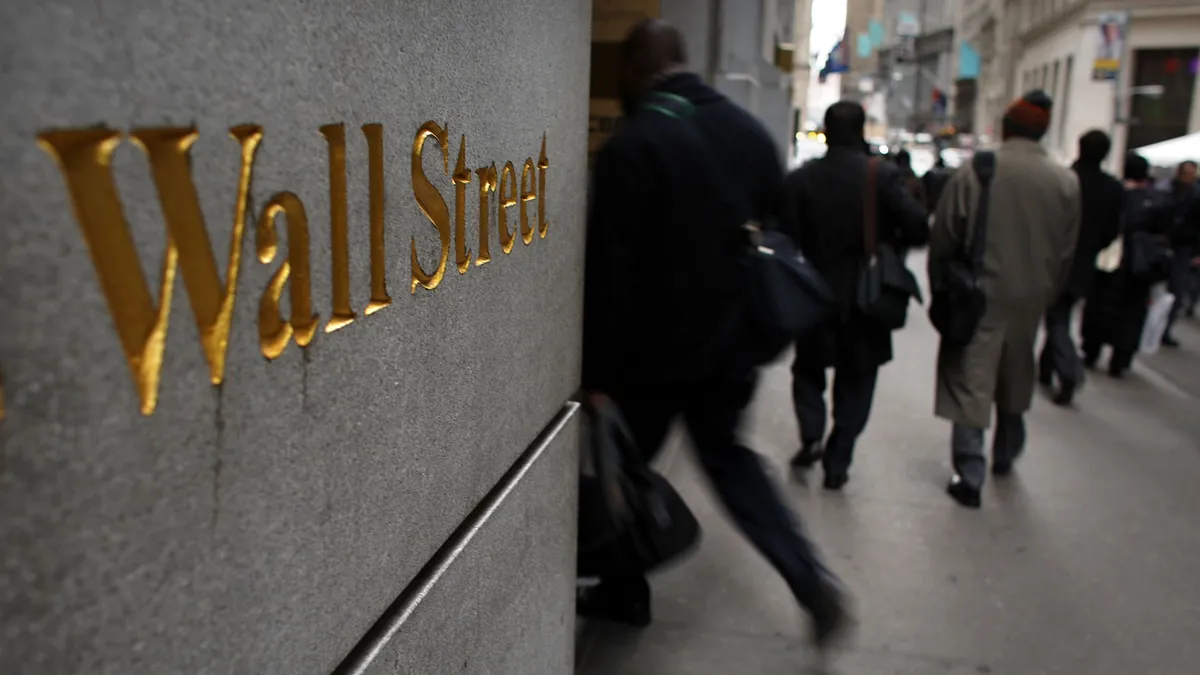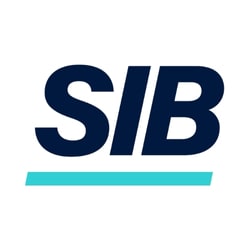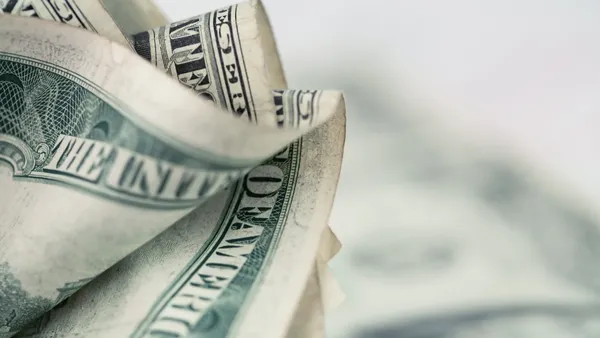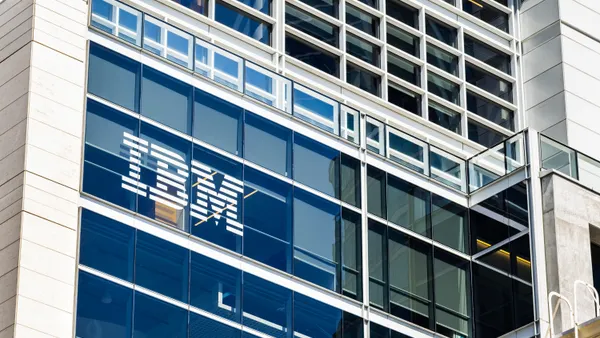Daniele D'Alvia is CEO of SPACs Consultancy LTD and teaching fellow in banking and finance law at Centre for Commercial Law Studies, Queen Mary University of London. Views are the author's own.
Under Securities and Exchange Commission rules, a special purpose acquisition company (SPAC) cannot identify a target at the time of the IPO. As an inducement to IPO investors to park their cash in the trust account while the SPAC searches for a target, SPACs grant investors the right to redeem their initial investment.
In the two most recent quarters, investors have been pulling cash out of SPACs at high rates — far more than in the first three months of the year, when just around 10% of investors redeemed their cash. Now it’s up from 25.1% in the second quarter.
If we compare the average redemption rate by quarter with the average redemption rate by year, we see something is happening.
Since the beginning of COVID-19, the average inflation level has been dramatically rising, to 4.2% in early 2021 from 1.9% in 2019, according to Federal Reserve data. When inflation is on the rise, public investors prefer to redeem.
The same happened in 2019 when the Federal Reserve hit reverse on its move towards policy normalization. Inverted yield curves had raised the threat of recession. Furthermore in 2019, tensions in the Middle East flared and tankers were attacked in the Gulf of Oman. Crude oil prices spiked, leading to a more than 50% fall in production. And in December of the same year, President Trump became only the third president to be impeached.
SPAC investors are as sensitive to financial news and to external events as any other investor in financial markets.
Faced with inflation, investors need liquidity, and for them, what is better than redeeming their SPAC shares at nominal value ($10 per share) plus a yield matured in trust?
And this is not the only reason investors might be interested in redeeming their SPAC shares.
Until 2015, redemption rights in SPACs were limited to a portion of the initial investment (around 85%) upon liquidation or a vote by the applicable investor against a proposed merger, de-SPAC transaction.
Beginning in 2015, these features were broadened in the typical SPAC to give investors the right to redeem 100% of their initial investment, with interest, upon liquidation or a business combination, regardless of whether the investors vote for or against a transaction. Indeed, SPACs generally permit IPO investors to retain their public warrants even if they have otherwise redeemed their public shares (the so-called SPAC 3.0 model).

That means, while you can redeem your shares, you can also keep your warrants in the hope to buy later at discount the shares of the new merged entity, post-business combination.
All of this is possible if the new shares hit the warrant’s strike price of $11.50, otherwise you’re out-of-the-money.

This is yet another story to help understand the move towards a high level of redemptions that we are currently facing in SPACs.
Some argue that we are by contrast witnessing a so long-awaited “SPAC bubble,” but as any investor knows, according to Charles Kindleberger, the financial-crisis historian, manias are associated with economic euphoria, where money always seems free. And that’s certainly not the case here; in a period of recession and high inflation, where the net present value of money matters, and the opportunity costs are squeezed by higher and diversified discount rates, redemption rights represent the only logical answer to a lack of liquidity and to mitigate risk. We are far from a mania bubble in SPACs.
Furthermore, it helps to recall the story that happened on October 25, 2019, when Virgin Galactic announced a business combination with Social Capital Hedosophia. This was just the start of a series of “stellar” deals in which private companies went to space through SPACs. And yet, who remembers that, at that time, 12,106,110 investors redeemed their shares from Social Capital Hedosophia Holdings Corp. That means minus $125 million from trust.
The higher than expected number of redemptions was the result of a combination of SPAC investors hanging around too long waiting to see if the share price would go higher and long-only investors waiting for the combination to close. To try to profit from business combinations is normal; to stay in a SPAC that trades shares below its net asset value is foolish and careless.
Frank Sinatra sang “That’s life,” and in the SPAC arena that sentiment does not sound so different than “That’s SPAC.”
The economic circumstances are not as sweet as they may seem, and so, “That’s SPAC!” Investors are exercising their redemption rights.













